Learn about the best dill companion plants to help this useful, flavorful herb thrive. Get a list of the best companion plants you can surround your dill with if you are planting it in the ground, including the best flowers to grow as companion plants for dill, the best fruit to plant around dill, the best herbs to plant with dill, and the best vegetables to plant with dill. Get ideas about which plants to avoid planting near dill as well. You will also learn about the best time to plant dill, the best place to plant dill, the best fertilizer for dill, the watering needs of dill, and the best way to propagate dill to increase the number of your dill plants. Let‘s get started learning about dill companion planting!
Table of Contents
Why I Love Dill
Dill is one of my favorite versatile plants to grow that can be used in a variety of ways. I love to make quick dill pickles in the summer, and I enjoy sprinkling dill weed on cucumbers then eating it in a sandwich with cream cheese. It grows well in my USDA plant hardiness zone 8 garden, and requires little care to thrive. In fact, I often end up with more volunteer dill plants than I need. It’s perfect for the beginning gardener. In fact, I love dill so much that I gathered ideas for a dill pickle-themed party.
I have grown dill alongside a number of different vegetables, fruit, flowers, and herbs, and am now happy to spread the word about this lovely, flavorful, decorative plant. Below is some dill growing alongside cosmos in our vegetable/cutting garden.
Dill Companion Plants: Flowers
Dill is a great companion plant for several flowers due to its beneficial effects on pollinators and pest control. Growing dill with flowers not only enhances the beauty of your garden but also improves its health and productivity. Here are some of the best flowers to grow with dill:
Annuals
Marigolds: They help repel pests like aphids and whiteflies.
Nasturtiums: Attract beneficial insects and repel aphids.
Calendula (Pot Marigold): Attracts pollinators and deters pests.
Sunflowers: Provide a strong support for dill to grow alongside.
Cosmos: Attract beneficial insects like bees and butterflies.
Perennials
Echinacea: Attracts pollinators like bees and butterflies, which are beneficial for dill.
Yarrow: Attracts beneficial insects like ladybugs and hoverflies, which can help control aphid populations that might affect dill.
Coreopsis: Attracts pollinators and is drought-tolerant.
Shasta Daisy: Attracts pollinators and adds bright, cheerful blooms to the garden.
Salvia: Attracts bees and butterflies while repelling certain pests.
Black-Eyed Susan: Attracts pollinators and is a hardy, low-maintenance plant.
Russian Sage: Deters pests and attracts pollinators.
Alliums: Repels aphids and other pests while adding unique blooms to the garden.
Dill Companion Plants: Fruit
When growing dill, consider pairing it with fruit plants that benefit from dill’s pest-repelling properties and attract beneficial insects. Some of the best fruits to grow with dill include:
Cucumbers: Dill attracts beneficial insects that prey on pests harming cucumber plants.
Strawberries: Dill can help deter pests such as aphids and spider mites.
Melons: Similar to cucumbers, dill attracts beneficial insects that can help protect melon plants.
Dill Companion Plants: Herbs
Dill pairs well with several herbs that can create a mutually beneficial environment in your garden. Here are some of the best herbs to grow with dill:
Cilantro: Both herbs attract beneficial insects and have similar growing requirements.
Basil: Can help repel pests like aphids and spider mites.
Chives: Attracts pollinators and deters pests with its strong scent.
Parsley: Similar growing conditions and can also attract beneficial insects.
Oregano: Helps deter pests and thrives in the same conditions as dill.
Dill Companion Plants: Vegetables
Dill is a great companion plant for several vegetables, offering pest control benefits and attracting beneficial insects. Here are some of the best vegetables to grow with dill:
Cabbage: Dill attracts wasps that prey on cabbage worms and other pests.
Broccoli: Benefits from dill’s pest-repelling properties and attracts beneficial insects.
Brussels Sprouts: Dill helps deter pests like aphids and cabbage moths.
Kale: Dill can attract predatory insects that protect kale from pests.
Lettuce: Dill can help deter aphids and attract pollinators.
Onions: Dill’s presence can help repel pests that typically bother onions.
What Not to Grow with Dill
While dill is beneficial for many plants, there are a few it does not pair well with. Keeping these plants apart can ensure healthier growth and better yields in your garden. Here are some plants to avoid growing with dill:
Carrots: Dill and carrots are in the same family and can cross-pollinate, leading to poor-quality seeds and root development.
Fennel: Similar to dill, fennel can cross-pollinate with dill, leading to undesirable hybrid plants and reduced growth.
Peppers: Dill can stunt the growth of pepper plants.
Lavender: Dill prefers moist soil, whereas lavender thrives in dry conditions, making them incompatible.
Tomatoes (at maturity): While dill can be beneficial to young tomato plants, mature dill can inhibit the growth of mature tomatoes, so it’s best to separate them as dill matures.
Dill Companion Planting Chart
| Best Dill Companion Plants | |
| Dill Companion Plants: Flowers | Dill Companion Plants: Fruit |
| Annuals | Cucumbers |
| Calendula | Melons |
| Cosmos | Strawberries |
| Marigolds | |
| Nasturtiums | Dill Companion Plants: Vegetables |
| Sunflowers | Broccoli |
| Brussels Sprouts | |
| Perennials | Cabbage |
| Alliums | Kale |
| Balck-Eyed Susan | Lettuce |
| Coreopsis | Onions |
| Echinacea | |
| Russian Sage | Worst Dill Companion Plants |
| Salvia | Carrots |
| Shasta Daisy | Fennel |
| Yarrow | Peppers |
| Lavender | |
| Tomatoes | |
Common Questions About Planting and Growing Dill
Where to Plant Dill
Dill thrives in specific conditions that support its growth and development. Here are some guidelines on where to plant dill:
Sunlight: Plant dill in a location that receives full sun for at least 6-8 hours a day. Dill needs plenty of light to grow well.
Soil: Choose well-drained, fertile soil with a pH between 5.5 and 6.5. Adding compost or organic matter can improve soil fertility.
Spacing: Space dill plants about 12-18 inches apart to allow for good air circulation and to give them room to grow.
Wind Protection: Dill plants can become tall and delicate, so plant them in an area protected from strong winds, or provide support to prevent them from falling over.
Watering: Ensure the location has consistent moisture without waterlogging. Dill prefers evenly moist soil, especially during germination and early growth stages.
When to Plant Dill
The timing of planting dill is crucial for its successful growth. Here are some guidelines on when to plant dill:
Spring Planting: Dill is best planted in the spring, after the last frost date. This allows the seedlings to establish in warmer soil. In most regions, this means planting dill seeds in late April to early May.
Fall Planting: In milder climates, you can also plant dill in the late summer to early fall. This is especially useful if you want to have fresh dill available in the fall and early winter months.
Succession Planting: To ensure a continuous supply of fresh dill, consider succession planting every 2-3 weeks during the growing season. This will provide you with a steady harvest of dill leaves and seeds.
Indoor Planting: If you prefer to start your dill indoors, sow the seeds about 4-6 weeks before the last expected frost date. Transplant the seedlings outdoors once the weather warms up and the danger of frost has passed.
How much water does dill need?
Dill requires a moderate amount of water to thrive. Here are some guidelines to ensure your dill plants get the right amount of moisture:
Consistent Moisture: Dill prefers consistently moist soil, especially during the germination and early growth stages. Keep the soil evenly moist but not waterlogged.
Watering Frequency: Water dill plants approximately 1-2 times per week, depending on weather conditions and soil drainage. Increase watering frequency during hot, dry periods.
Soil Check: Check the soil moisture regularly. Water when the top inch of soil feels dry to the touch.
Avoid Overwatering: While dill likes moisture, overwatering can lead to root rot and other problems. Ensure the soil drains well and avoid letting the plants sit in waterlogged soil.
Mulching: Applying a layer of mulch around the base of the plants can help retain soil moisture and reduce the need for frequent watering.
Best Way to Propagate Dill
Dill does not transplant well due to its long taproot, so direct sowing of seeds is the most effective propagation method. In my garden, I just let the dill go to seed in the fall, and it sprouts prolifically in the spring, even after tilling the soil. If you want to control where your dill sprouts, cut off the seed heads before the seeds drop, allow them to dry, then save them for spring planting. You can see in this photo of a dill plant in my garden that the seed heads are forming on the left side of the picture.
Here’s a step-by-step guide to planting dill seeds:
Sow seeds in early spring, after the last frost, or in late summer for a fall harvest.
Choose a sunny spot with well-drained soil.
Scatter seeds directly onto the soil surface, then lightly cover with a thin layer of soil (about 1/4 inch).
Keep the soil consistently moist until germination, which typically takes 10-14 days.
Once seedlings are a few inches tall, thin them to about 12-18 inches apart to allow room for growth.
Continue watering regularly, and mulch around the plants to retain moisture and suppress weeds.
Is dill deer resistant?
Dill is not highly deer-resistant. Deer may browse on dill, especially if other food sources are scarce. (I discovered this for myself!) To deter deer, consider using physical barriers, such as fencing, or applying deer repellents. Alternatively, planting dill alongside more deer-resistant plants or using companion plants that deer tend to avoid may help reduce deer visits.
How to Use Dill in Recipes
Dill is a versatile herb that adds a fresh, tangy flavor to a variety of dishes. Here are some ways to use dill in your recipes:
Salads: Add chopped fresh dill to salads for a burst of flavor. It pairs particularly well with cucumber, tomato, and potato salads.
Dressings and Sauces: Incorporate dill into salad dressings, yogurt-based sauces, and dips like tzatziki.
Seafood: Dill complements fish and seafood dishes beautifully. Use it in marinades, dressings, or as a garnish for dishes like salmon, shrimp, and crab.
Soups: Enhance the flavor of soups and stews by adding fresh or dried dill. It works well in creamy soups, vegetable soups, and chicken soup.
Pickling: Dill is a key ingredient in pickling recipes, especially for making dill pickles.
Egg Dishes: Sprinkle dill over scrambled eggs, omelets, and quiches for added flavor.
Bread and Savory Bakes: Add dill to bread dough, savory scones, or biscuits for a unique twist.
Herb Butter: Mix chopped dill with softened butter and use it as a flavorful spread for bread, corn on the cob, or to top grilled meats and vegetables.
Potato Dishes: Incorporate dill into mashed potatoes, potato salads, and roasted potatoes for a fresh herbaceous note.
Vegetable Dishes: Use dill to season roasted or steamed vegetables like carrots, zucchini, and green beans.
Need More Planting Ideas?
Check out the tips for the best companion plants for eggplant to learn what to grow with those beauties. If you like the idea of companion planting, you might be interested in reading about the best companion plants for pumpkins, sunflowers, garlic, asparagus, rosemary, radishes, beetroot (beets), thyme, parsley, lupine, borage, stevia, lemongrass, apple trees, or the best companion plants for lavender. Get tips for growing stunning dahlias or vintage roses. Are you a beginning gardener? Try planting some foolproof, easy-care perennials, or learning about the best companion plants for columbine. There are so many exciting plants to grow!
Keep Track of Your Garden with a Journal Logbook
Now that you have learned about some compatible companion plants, keep track of your planting ideas, goals, and plans with a printable, editable free garden journal logbook. Choose the pages you want to use and customize them as you wish to record monthly, weekly, and daily garden tasks, lists, weather, and planting arrangements. There are also grid pages for easily designing the layout of your vegetable garden, flower garden, or landscape. Print it out and put it into a notebook you can take with you to the garden (that’s what I do). It’s nice to have all of your garden information in one place.
Get the garden journal logbook!
Free Online Garden Planner Layout Template
Now that you know which are the best companion plants for dill, you might need a way to plan your garden layout. Whether you are planting vegetables, flowers, or herbs near your lupine plants, this online garden planner can help you visualize your design and bring it to life. Arrange and rearrange the plants over and over, then print the layout when you are satisfied. With garden tasks that need your attention, this is one way to save time.
It’s fully customizable when you make your own copy and includes two editable chart pages for noting planting specifications.
Get my free online garden layout planner template!
Have a wonderful week, and may all of your kale-growing endeavors meet with success!
Lisa Mitchell is a wife, mom, and school librarian who likes to grow fruit, herbs, vegetables, and flowers on her family’s small Pacific Northwest farm. To learn more about what this website has to offer gardeners, click on over to the Garden page.
Want more great garden, food, or travel ideas? Follow FluxingWell on Pinterest, Flipboard, Facebook, Instagram, and X for the latest posts, tips, and inspiration.

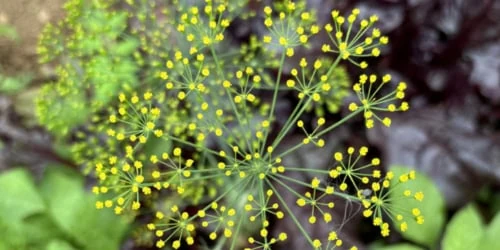

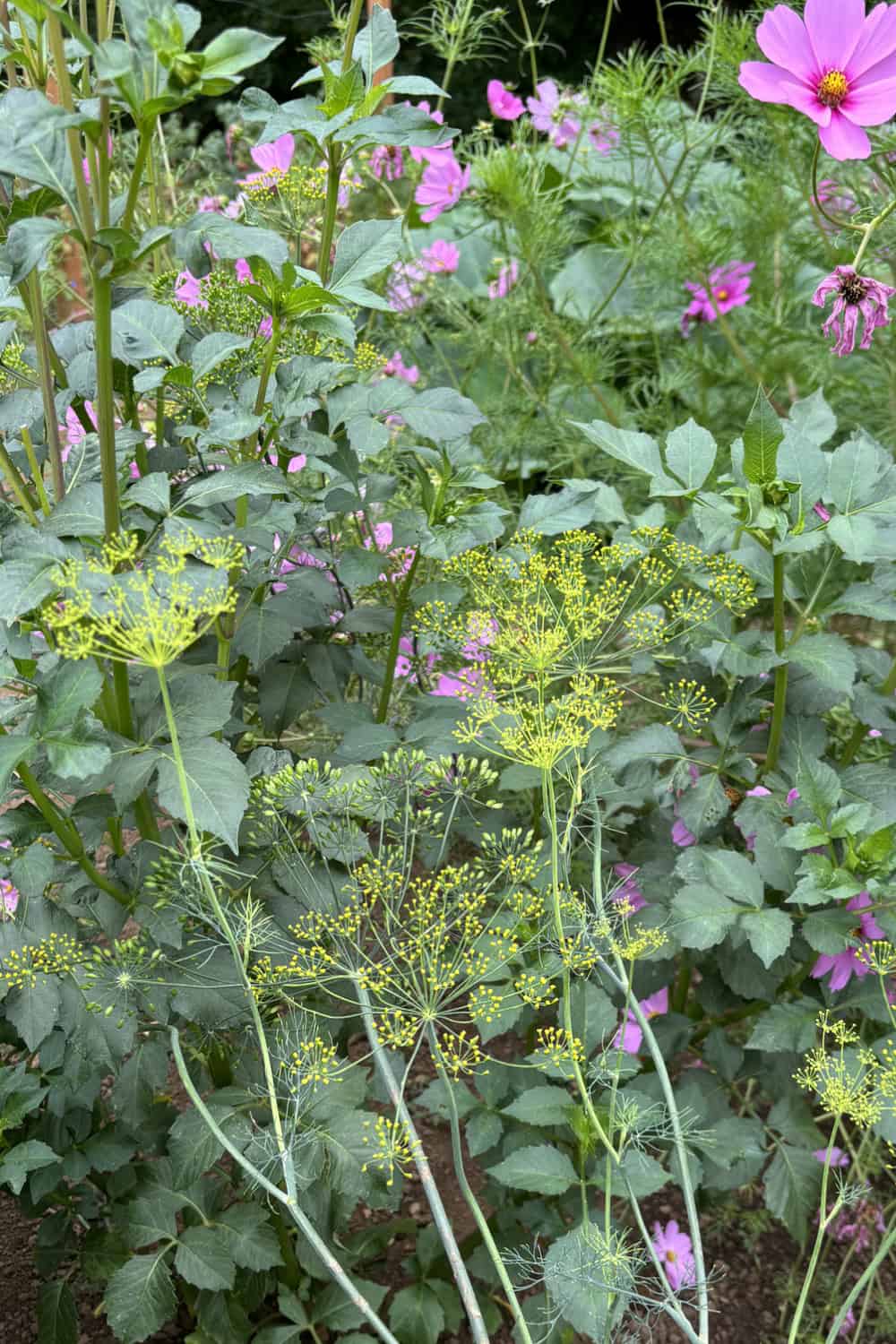
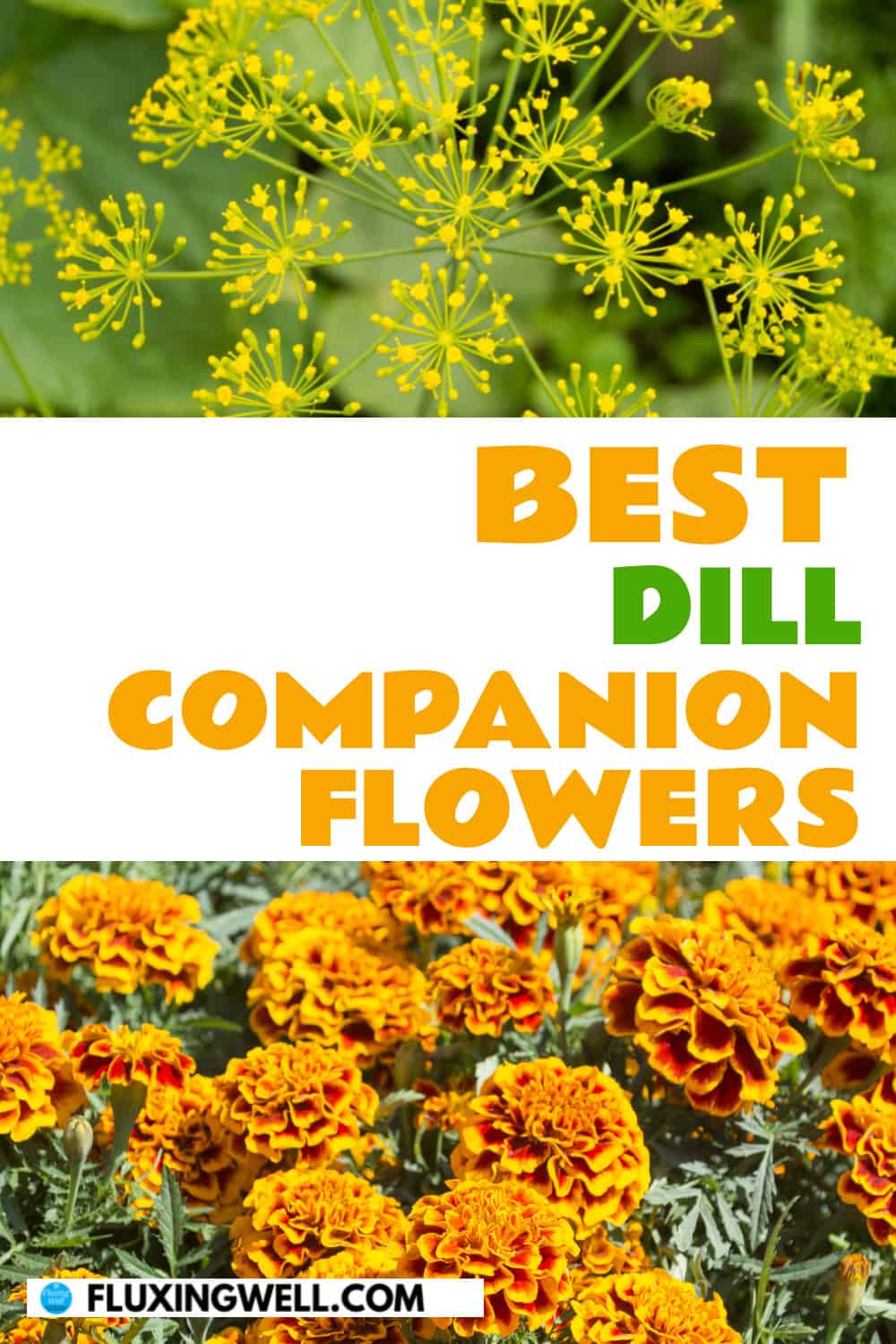
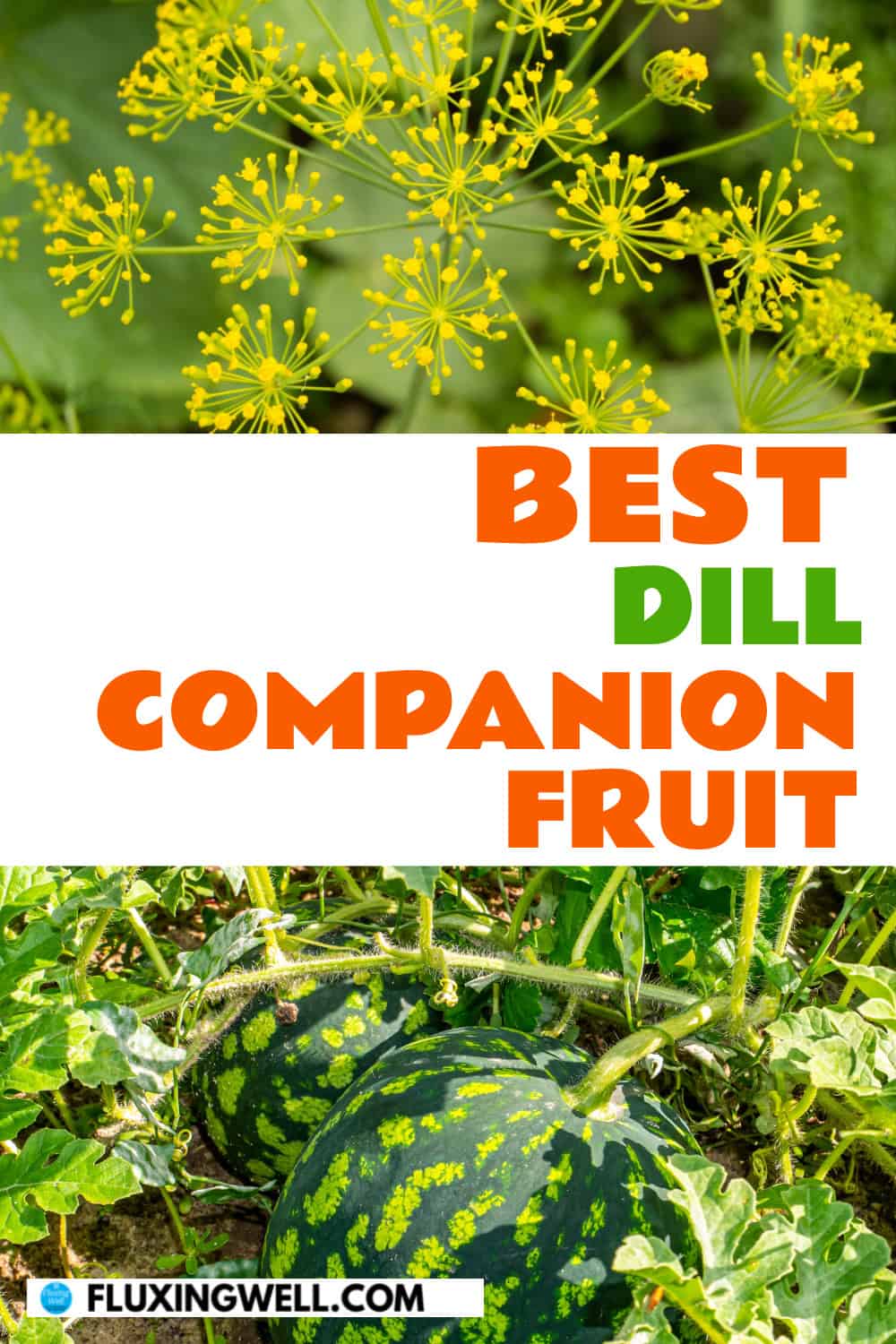
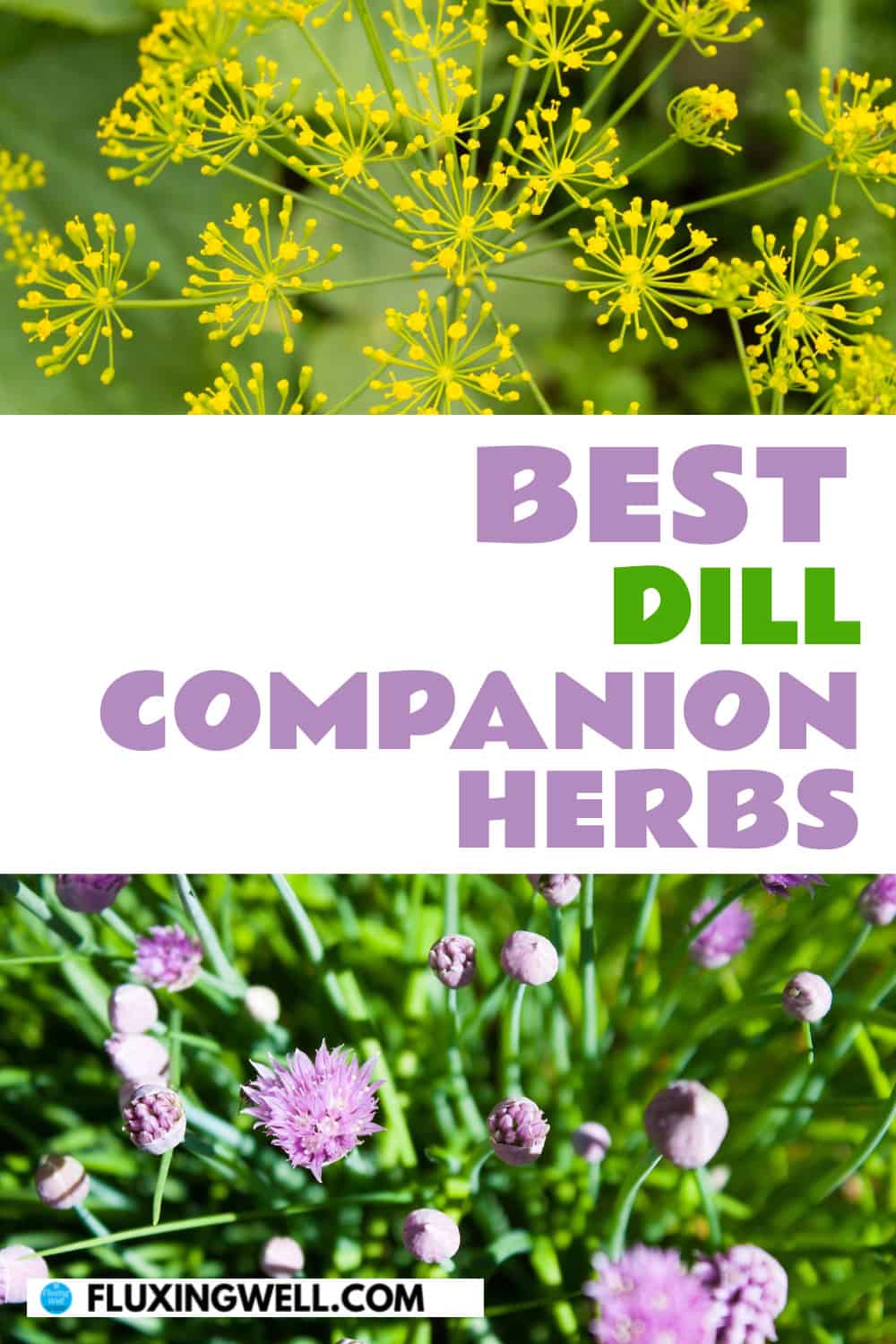
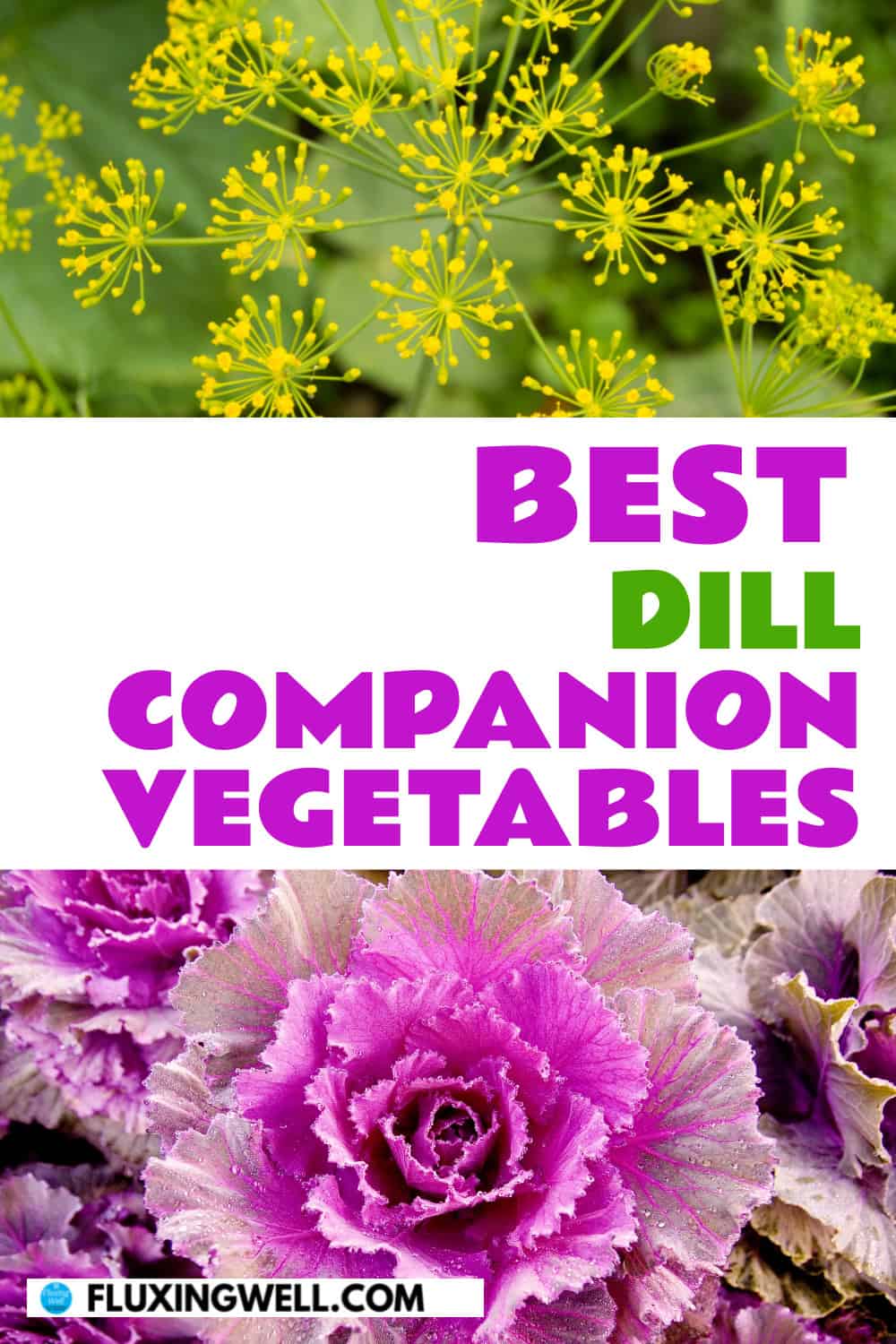

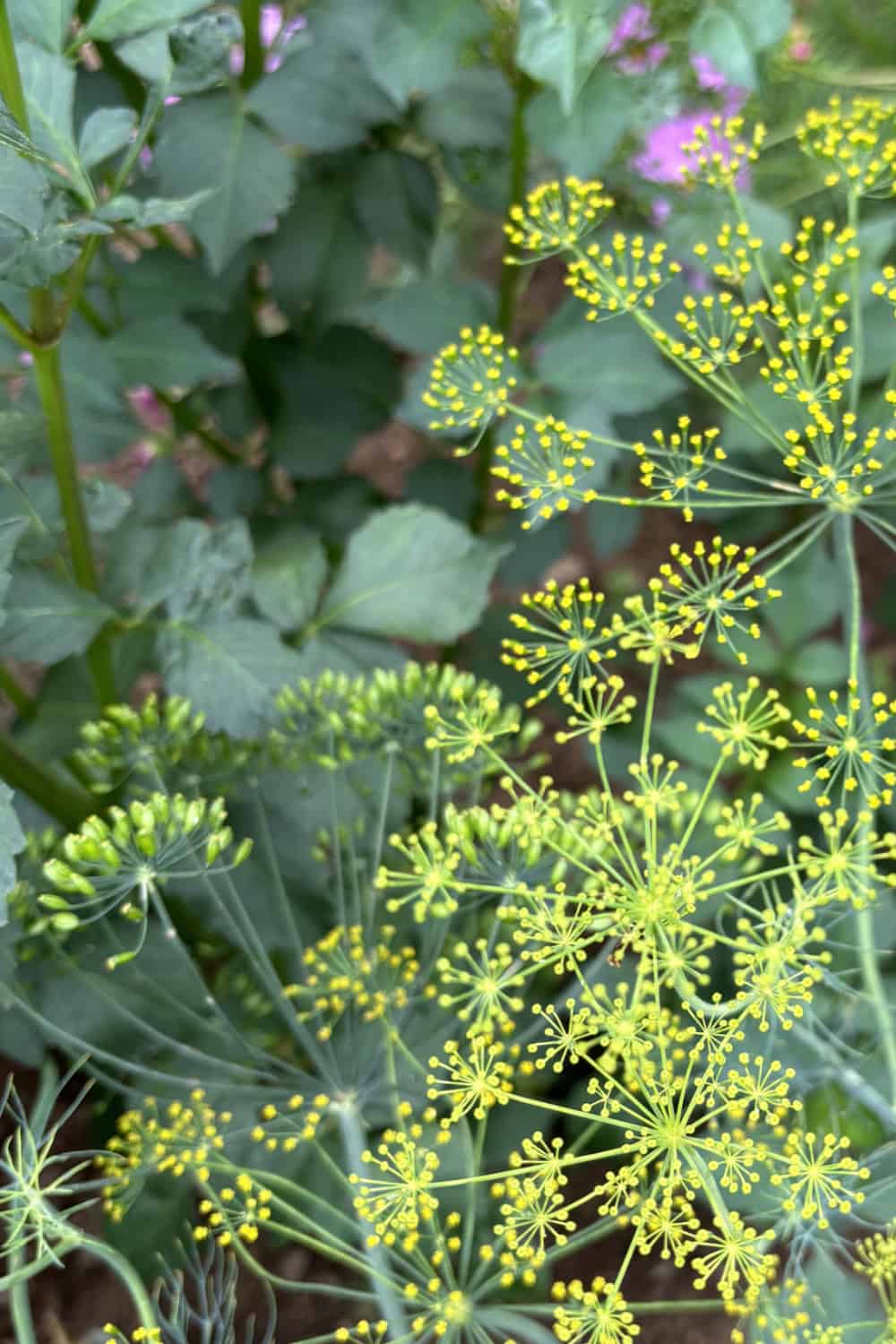
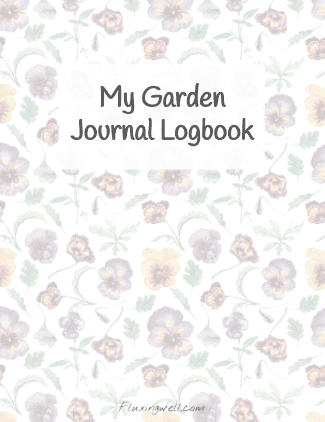
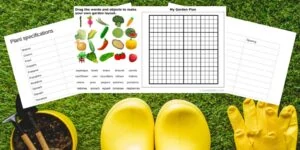

I too love to make dill pickle and it is one of the delicious ones to have. This list of best companion plants to grow alongside dill will be very helpful for beginner gardeners.
Yes, growing dill is ideal for beginning gardeners because it thrives with little care. I’m glad you liked the list of dill companion plants.
Thanks for sharing this guide on Dill Companion Plants. I definately learned alot from this post.
Great! I hope you will get to try growing dill sometime.
Dill is one of my favorite spices. I enjoyed your helpful and informative article about dill companion plants and the ones to avoid.
I am a huge fan of dill as well. Happy dill-growing!
Thank you for the helpful growing tips and the best dill companion plants. I love the tip to sprinkle dill weed on cucumbers then eat with cream cheese on a sandwich. Yum!
Yes, the dill, cream cheese and cucumber combination is one of my favorite summer sandwiches. In fact, I may go have one right now!
I love dill! Thanks for this wonderful information on dill companion plants. I appreciate that you also included some cooking tips.
I am so glad you are a fan of dill as well. Happy growing!
Thank you for your comprehensive guide about dill companion plants. It was also interesting to read about what not to grow with dill. I am a huge dill fan, so I will keep your tips in mind.
I am always happy to share tips about dill companion planting, since I am a huge fan of dill as well. Glad you liked the tips!